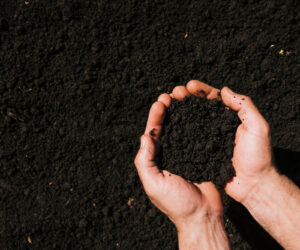Your July Activity List – Gardener’s Edition
July can be a challenging month for home gardeners, balancing the joy of harvesting fresh vegetables and herbs with the ongoing battle against weeds and pests. To help you navigate these tasks, here’s a comprehensive checklist for your garden’s needs this month.
General Garden Maintenance
Watering
- Assess Plant Needs: Different plants have different water requirements. Know the needs of each plant type in your garden.
- Timing: Water early in the mornings or late in the evenings to reduce evaporation.
- Method: Use soaker hoses or drip irrigation systems to water at the base of plants, minimizing the risk of fungal diseases.
- Frequency: Water deeply and less frequently to encourage deep root growth rather than shallow, frequent watering.
Weeding
- Identify Weeds: Learn to recognize common weeds in your garden.
- Removal: Use a hoe or hand-pull weeds, ensuring you remove the entire root system to prevent regrowth.
- Disposal: Do not compost weeds that have gone to seed or have persistent roots; dispose of them properly.
Mulching
- Choose Mulch: Opt for organic materials like coir mulch, wood chips, or compost.
- Application: Spread mulch 2-3 inches deep around plants, keeping it away from stems to prevent rot.
- Replenish: Check mulch regularly and add more as needed to maintain the desired depth.
Vegetable Garden

Harvesting
- Identify Ripe Crops: Learn the signs of ripeness for each vegetable.
- Regular Picking: Harvest regularly to encourage more production and prevent overripening.
- Storage: Store harvested vegetables properly; some may need refrigeration, while others do not.
Planting
- Choose Varieties: Select fast-growing crops suitable for succession planting.
- Soil Preparation: Prepare the soil by adding peat-free compost and ensuring it is well-drained.
- Sowing: Follow seed packet instructions for spacing and depth as they vary from seed to seed.
- Watering: Be gentle but thorough when watering the seeds.
Pest Control
- Monitor: Inspect plants regularly for signs of pests and diseases.
- Control: Use chemical-free methods like insecticidal soap and neem oil, or introduce beneficial insects to control pests.
Flower Garden
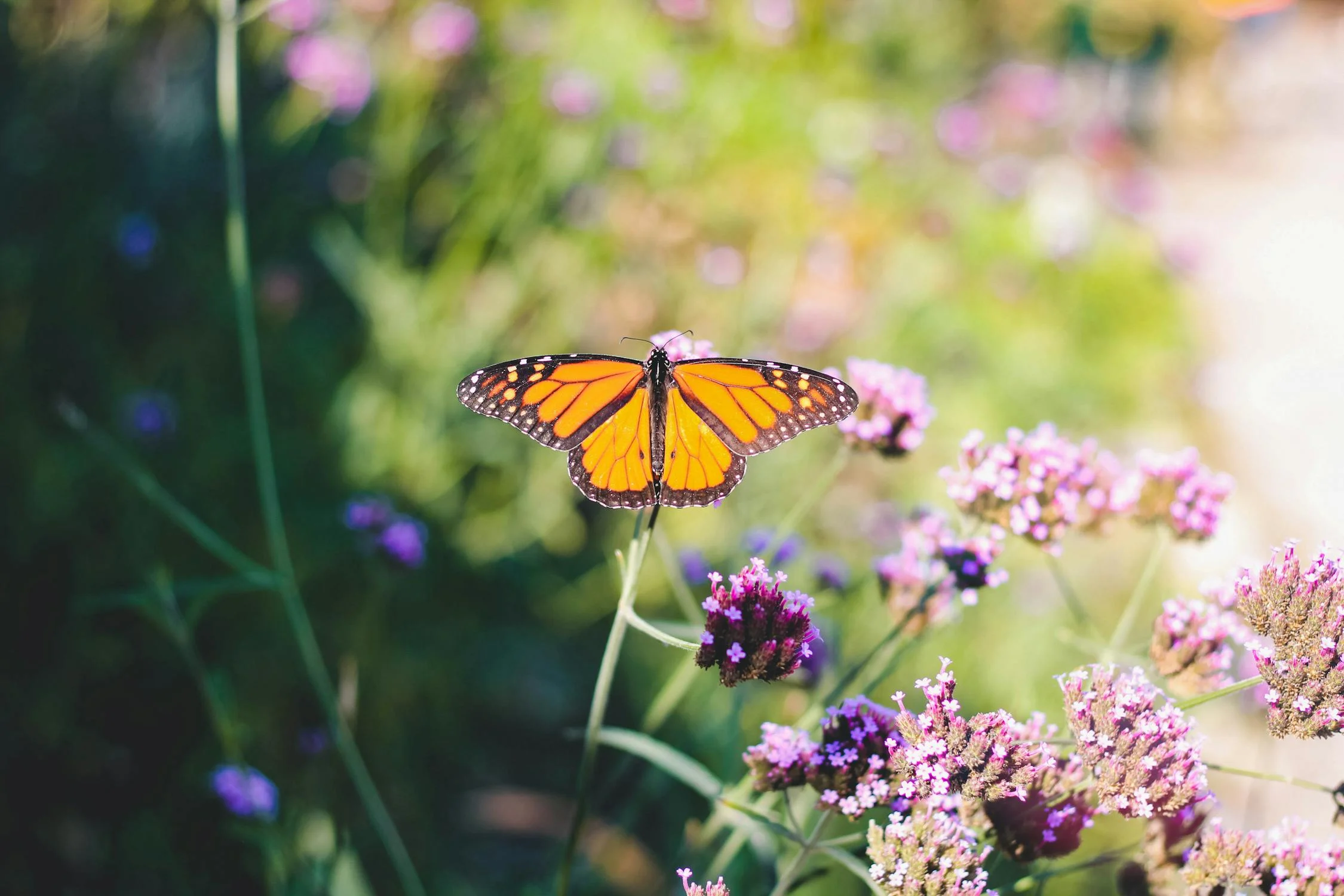
Deadheading
- Identify Spent Flowers: Look for faded or dried-up flowers.
- Remove: Use clean, sharp scissors or pruners to cut off spent blooms just above the next set of leaves or buds.
- Dispose: Collect and compost or dispose of deadheaded flowers.
Dividing Perennials
- Timing: Choose a cool, cloudy day to minimize stress on the plants.
- Digging Up: Gently dig up the entire plant, being careful not to damage the roots.
- Division: Use a sharp knife or spade to divide the root clump into smaller sections, ensuring each section has at least one healthy shoot and root system.
- Replanting: Replant divisions immediately, water them well, and mulch.
Support
- Identify Needs: Determine which tall or top-heavy flowers need support.
- Stakes: Insert stakes into the ground near the plant base.
- Tying: Use garden twine or soft ties to secure plants to the stakes, allowing room for growth.
Pruning
- Identify Shrubs: Identify summer-flowering shrubs that have finished blooming.
- Tools: Use clean, sharp pruning shears.
- Technique: Prune back spent blooms and thin out overgrown areas to encourage new growth.
Fruit Garden
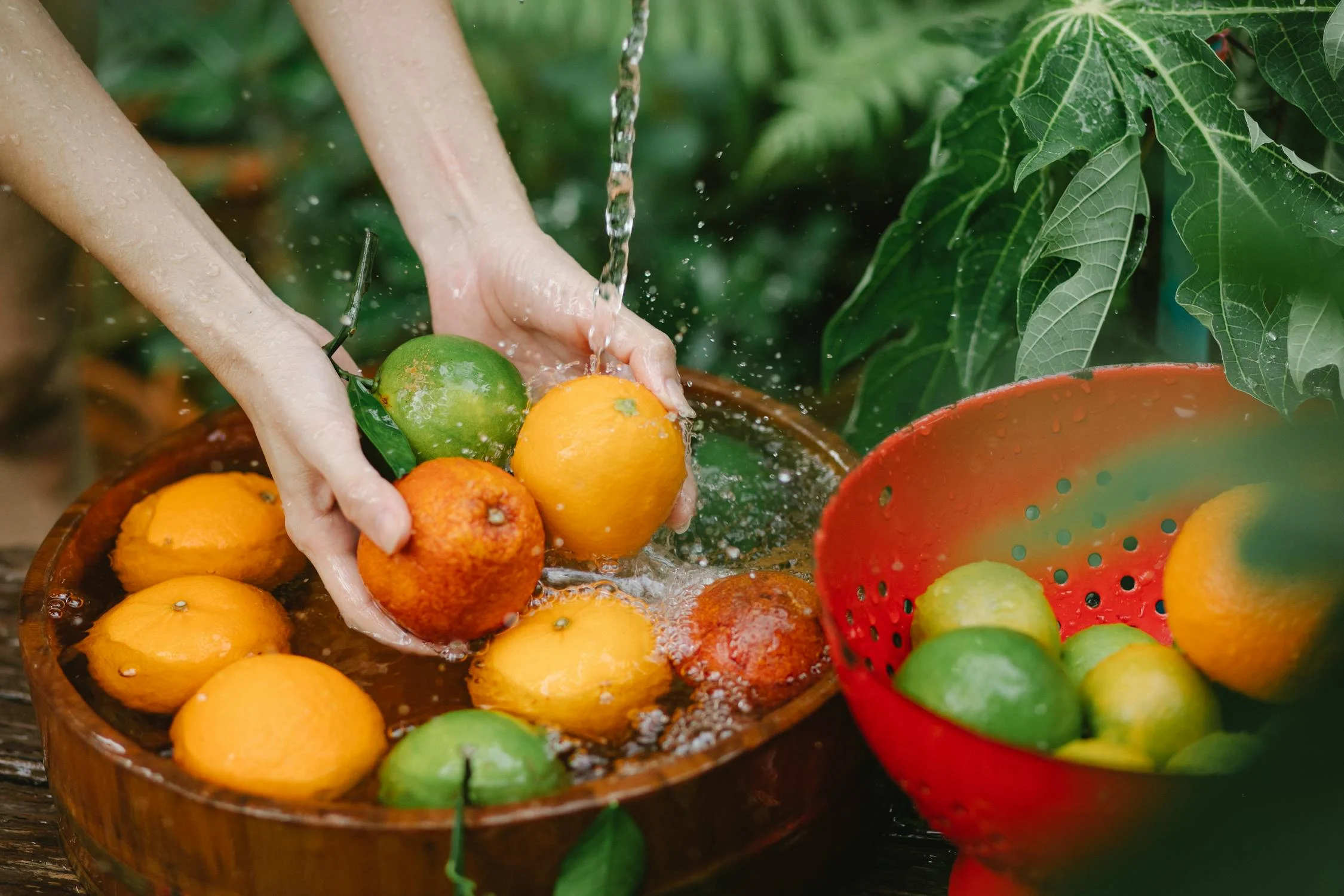
Harvesting
- Check Ripeness: Regularly check fruits for ripeness by color, size, and ease of removal.
- Pick Gently: Gently twist or cut fruits from the plant to avoid damage.
- Storage: Store harvested fruits properly to extend shelf life.
Thinning
- Technique: Remove excess fruits to ensure the remaining ones have adequate space to grow, usually leaving one fruit every 4-6 inches.
- Timing: Thin fruits when they are about the size of a marble.
- Benefits: Thinning improves air circulation and reduces the risk of disease.
Netting
- Choose Netting: Use fine-mesh netting to keep out birds, insects, and small animals.
- Install: Drape netting over fruit trees or bushes, securing it at the base to prevent entry.
- Check Regularly: Check netting regularly for any tears or gaps.
Herb Garden
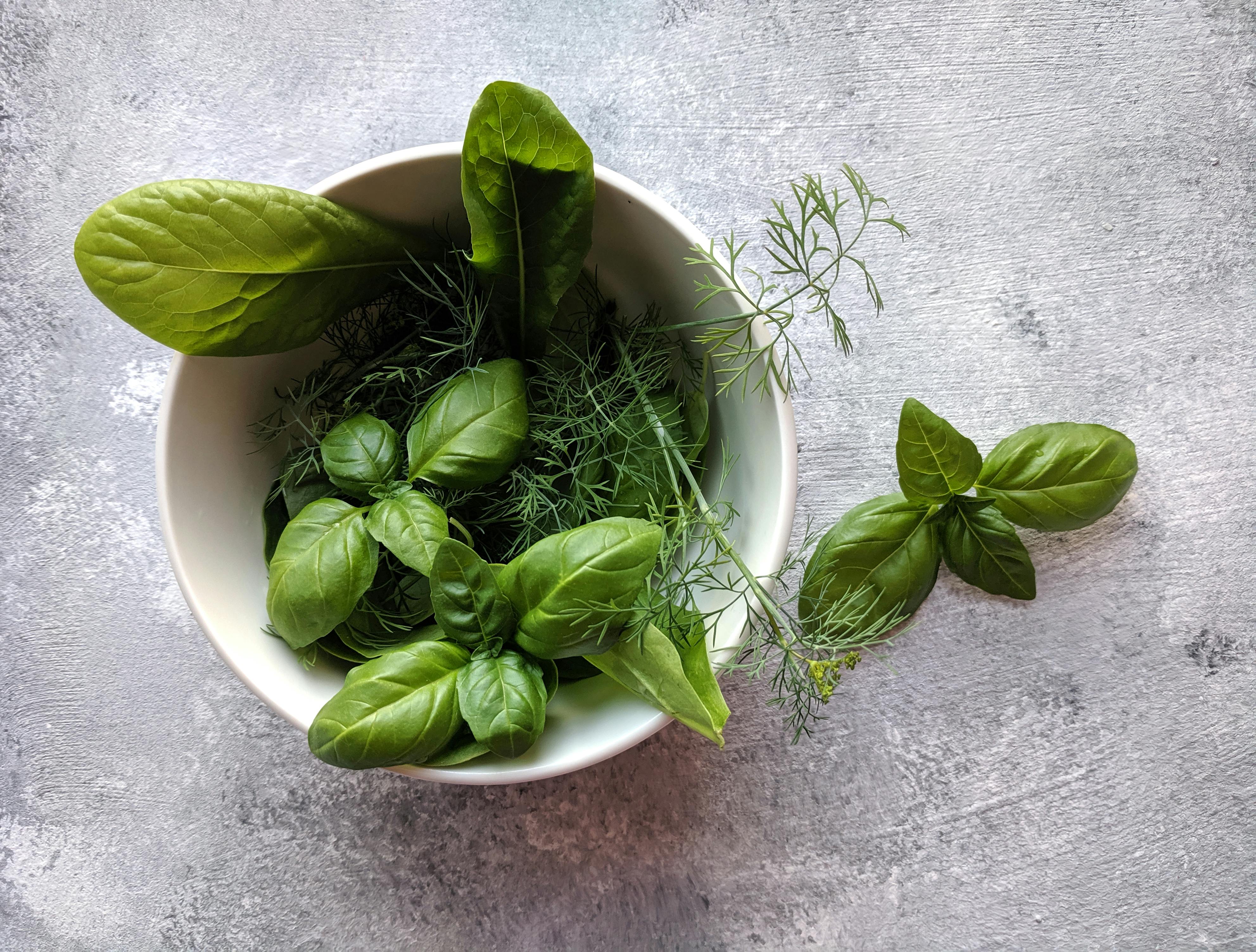
Harvesting
- Identify Mature Herbs: Harvest herbs when they have enough mature leaves.
- Cutting: Use sharp scissors to cut herbs, leaving at least one-third of the plant intact.
- Preserving: Dry or freeze excess herbs for later use.
Pinching
- Identify Growth: Look for the growing tips of herbs like basil.
- Pinch: Use your fingers or scissors to pinch off the top few inches of growth.
- Promote Density: Regular pinching encourages the plant to grow more side shoots, making it bushier.
Indoor and Container Plants

Watering
- Check Soil: Check the soil moisture regularly, watering when the top inch feels dry.
- Drainage: Ensure pots have proper drainage to prevent waterlogging.
- Method: Water until water runs out of the drainage holes, then empty saucers to prevent root rot.
Repotting
- Identify Need: Repot when roots outgrow the current container or when the plant becomes root-bound.
- Choose Pot: Select a pot one size larger than the current one with good drainage.
- Transplant: Carefully extract the plant, gently loosen the roots, and set it in the new pot with fresh potting mix. Water thoroughly.
Lawn Care
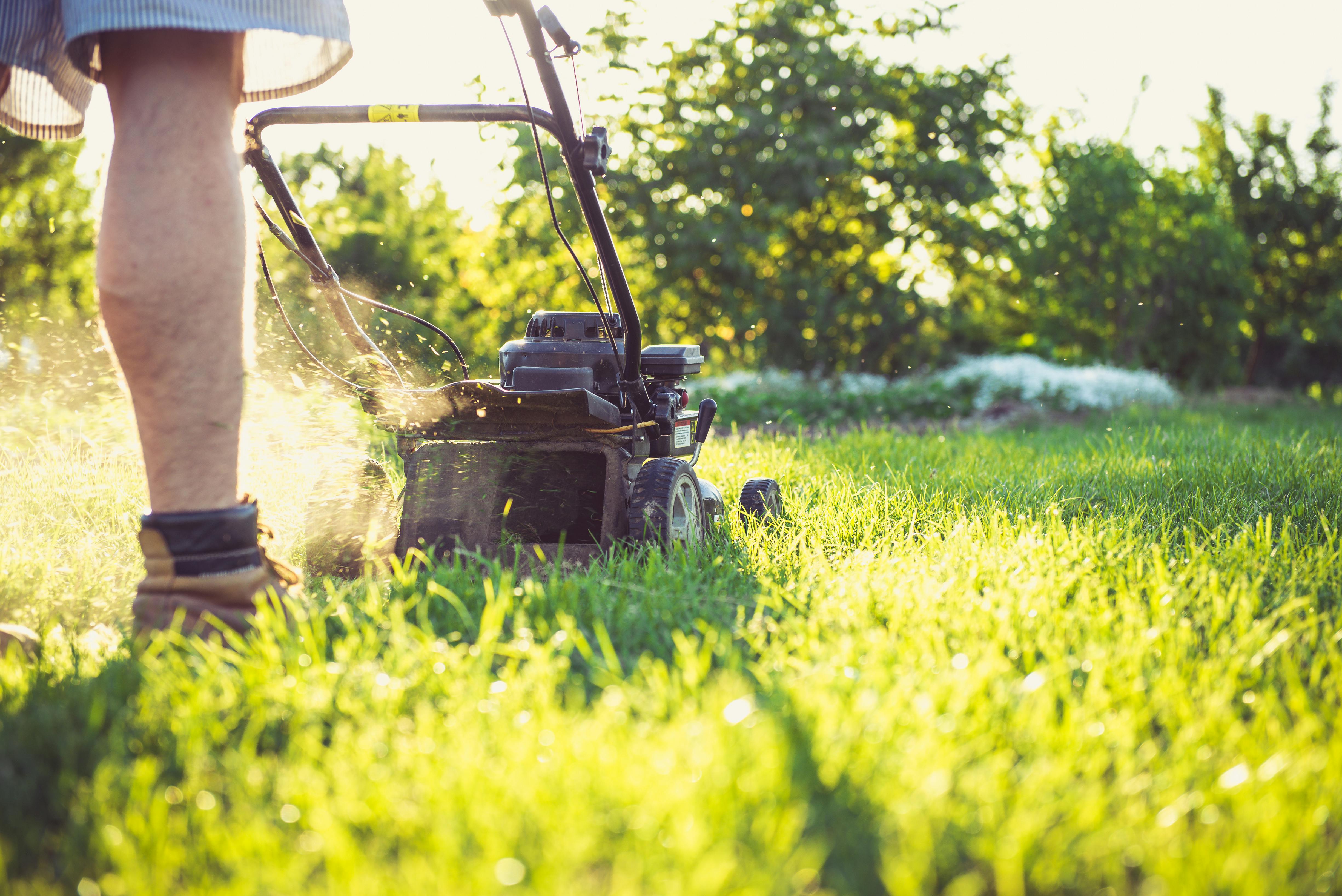
Mowing
- Height Setting: Set mower blades to a 2.5 to 3 inches height.
- Mowing Frequency: Mow regularly, ensuring you cut no more than one-third of the grass height at a time.
- Clippings: Leave the grass clippings to decompose and return nutrients to the soil.
Gardening is physically demanding, especially during the summer. Simplify all your gardening tasks with expert techniques, easy hacks, and state-of-the-art tools. Despite the challenges, this is the season when you will see the fruits (vegetables, flowers, and herbs) of your hard work. Follow this checklist, research thoroughly, and care for your garden meticulously to get the maximum yield this July.



